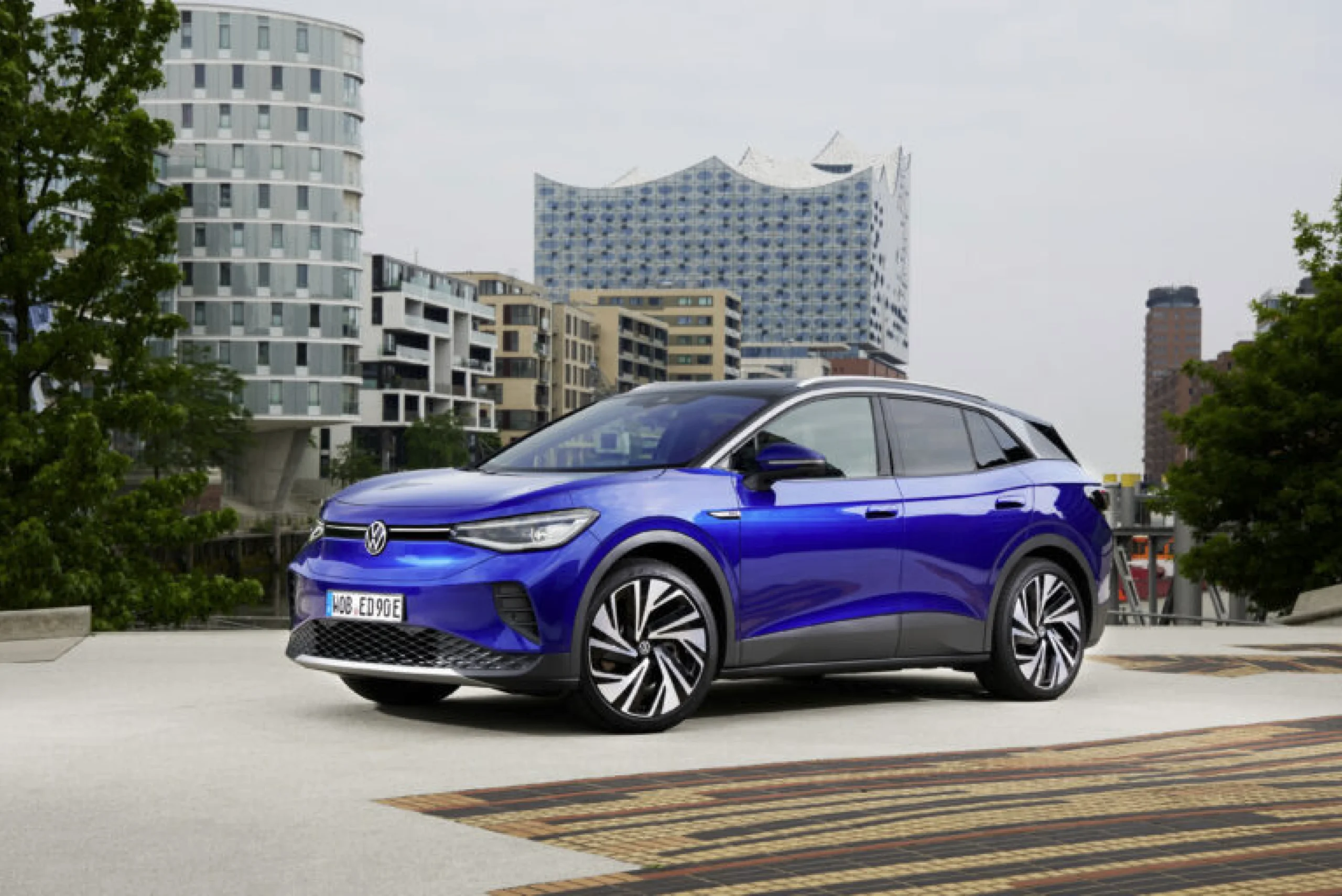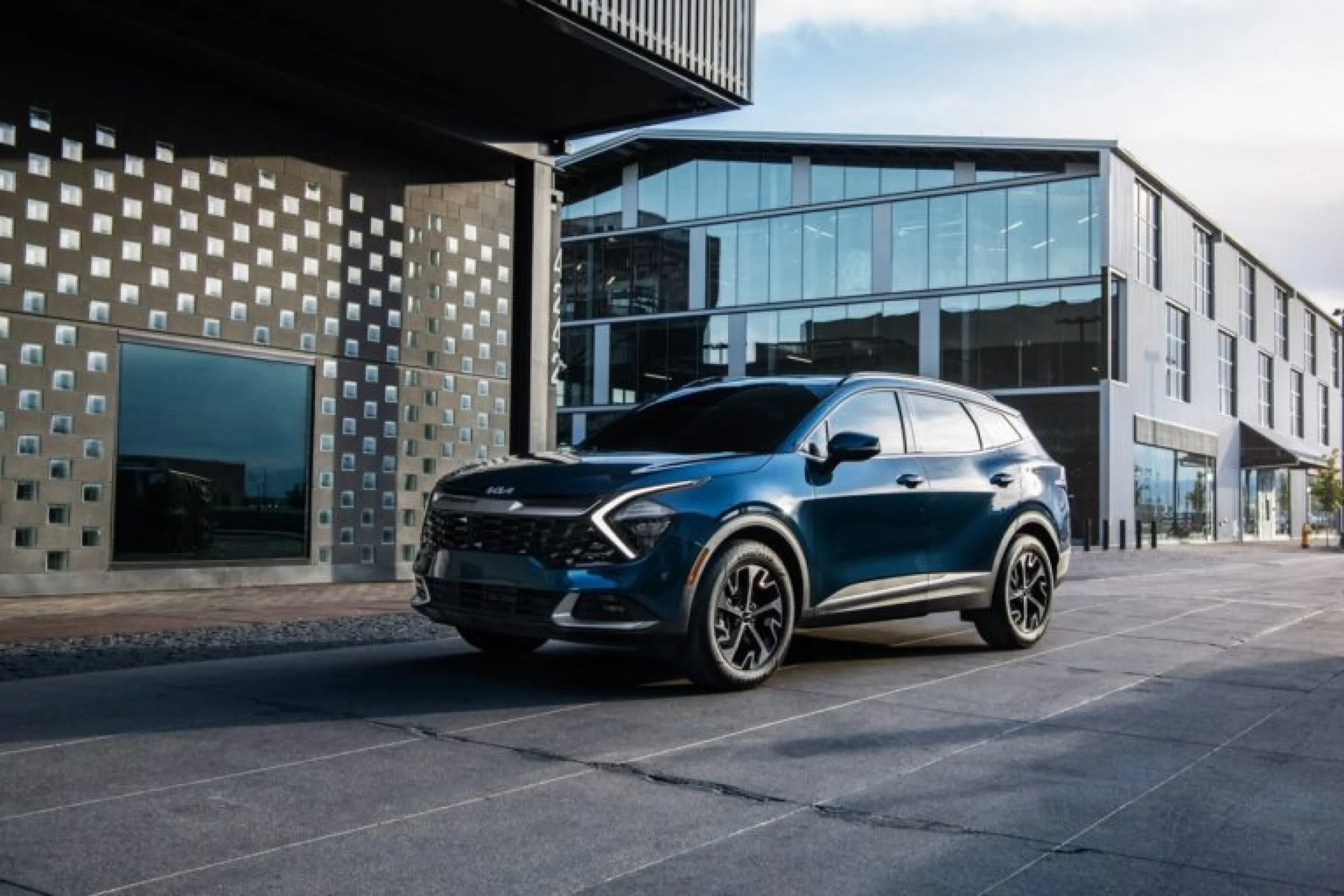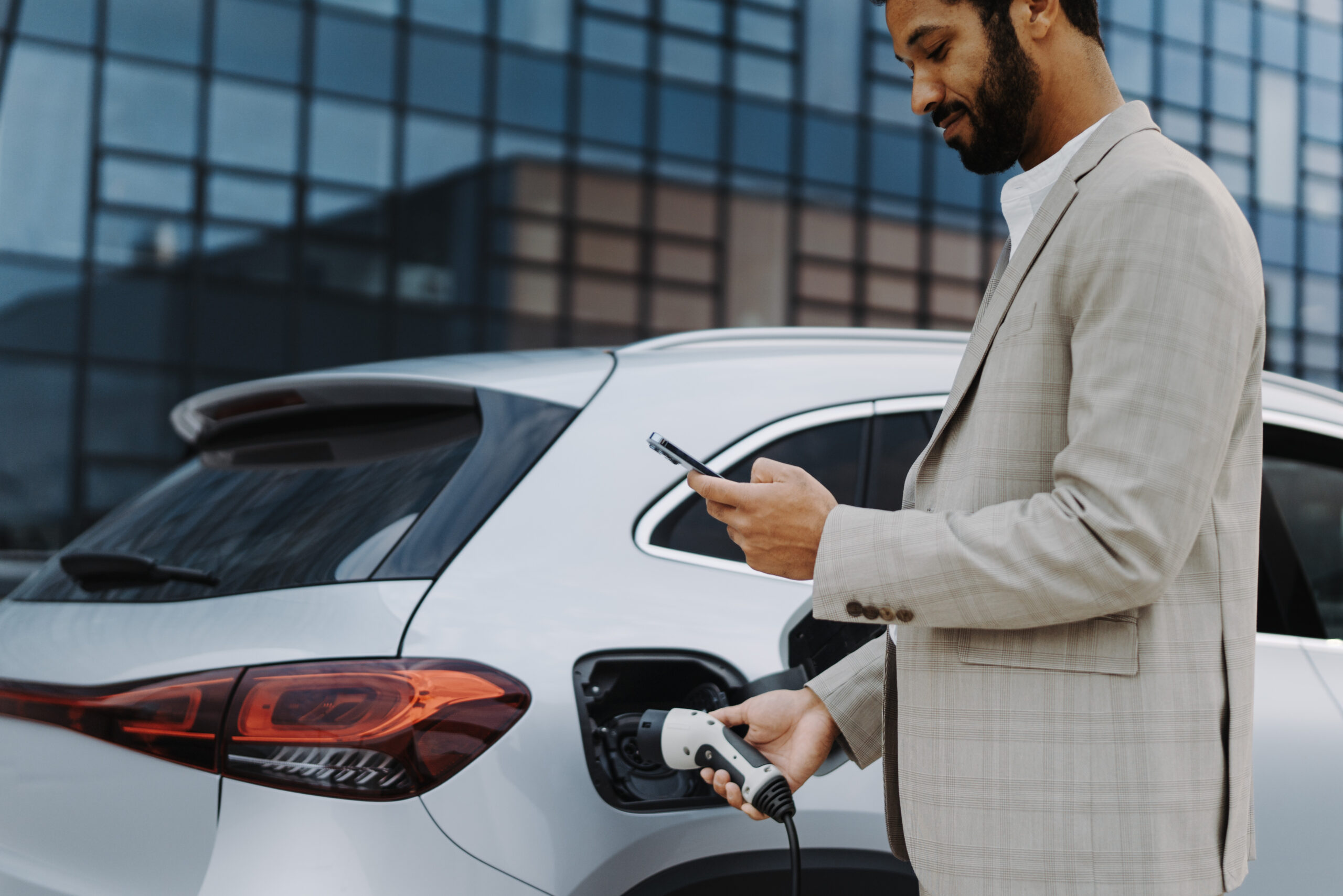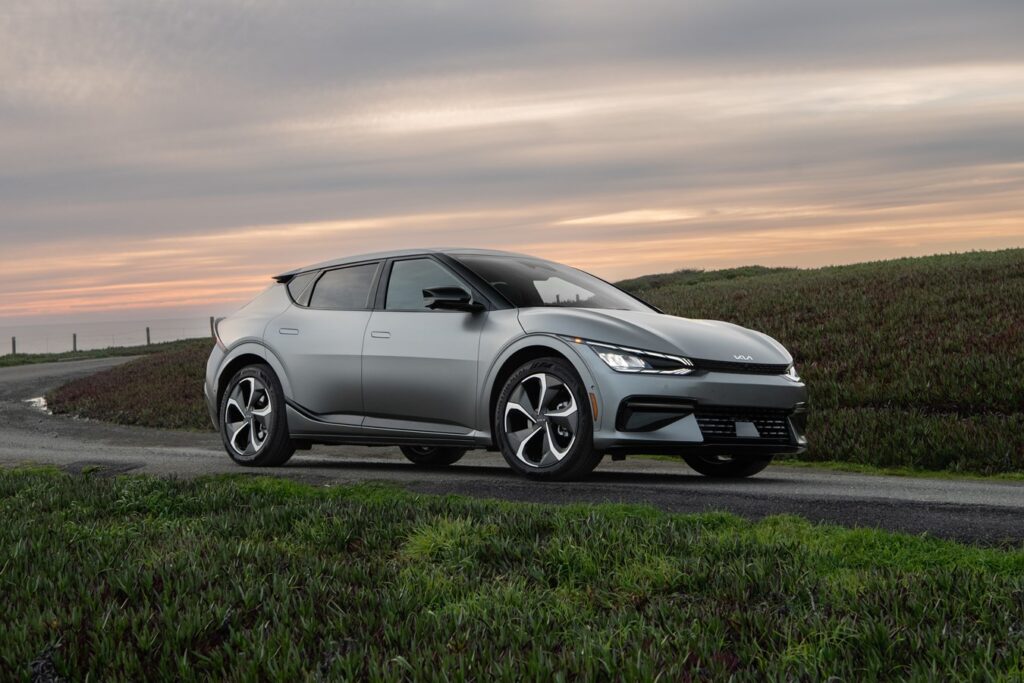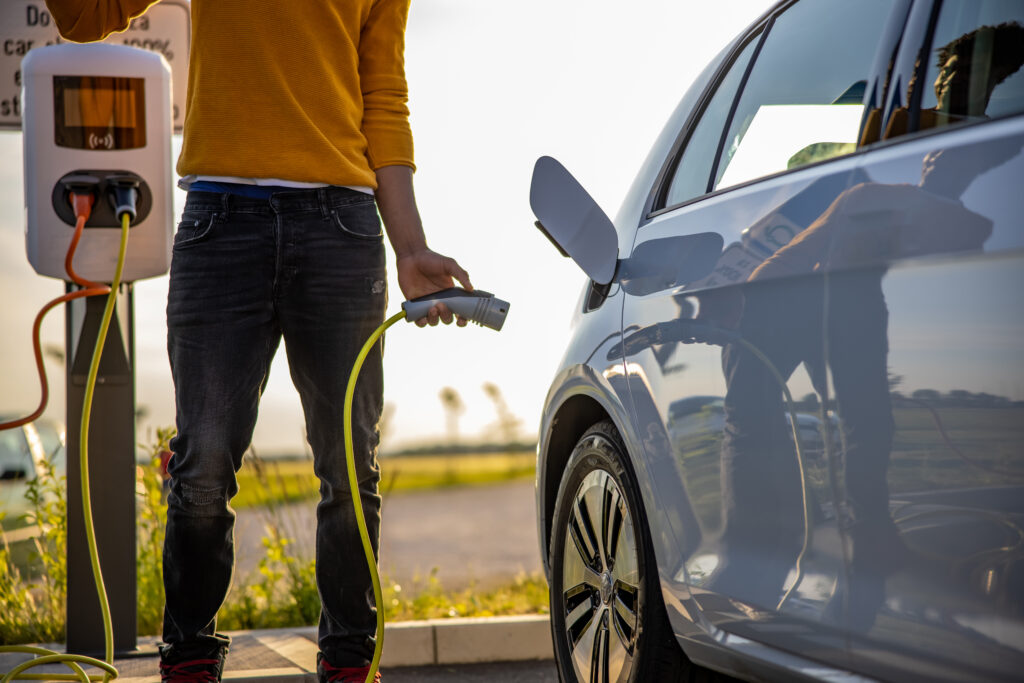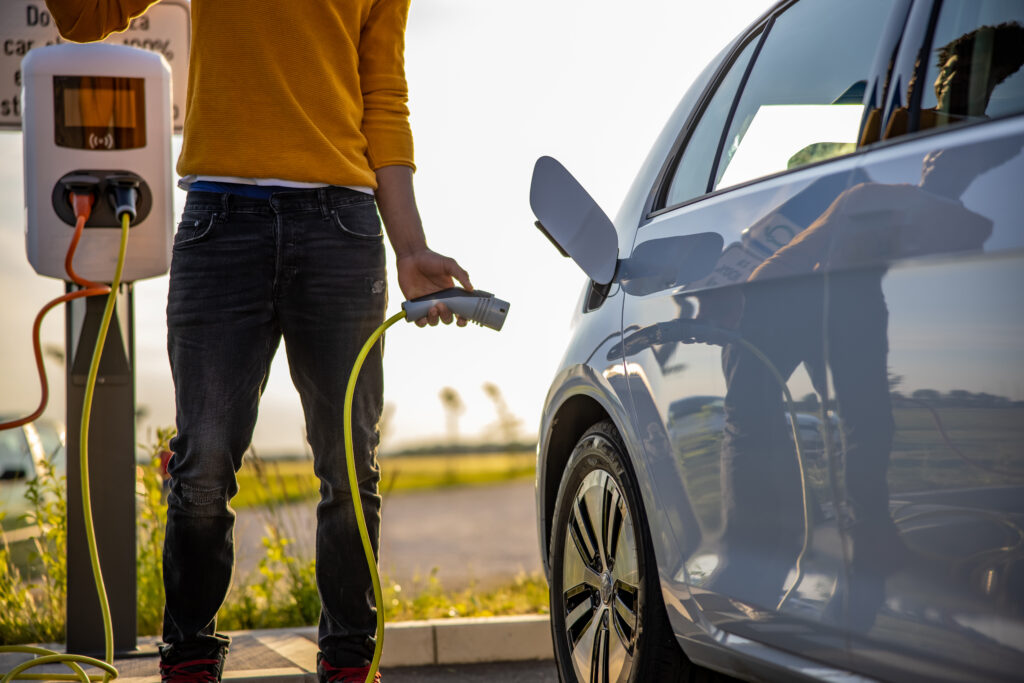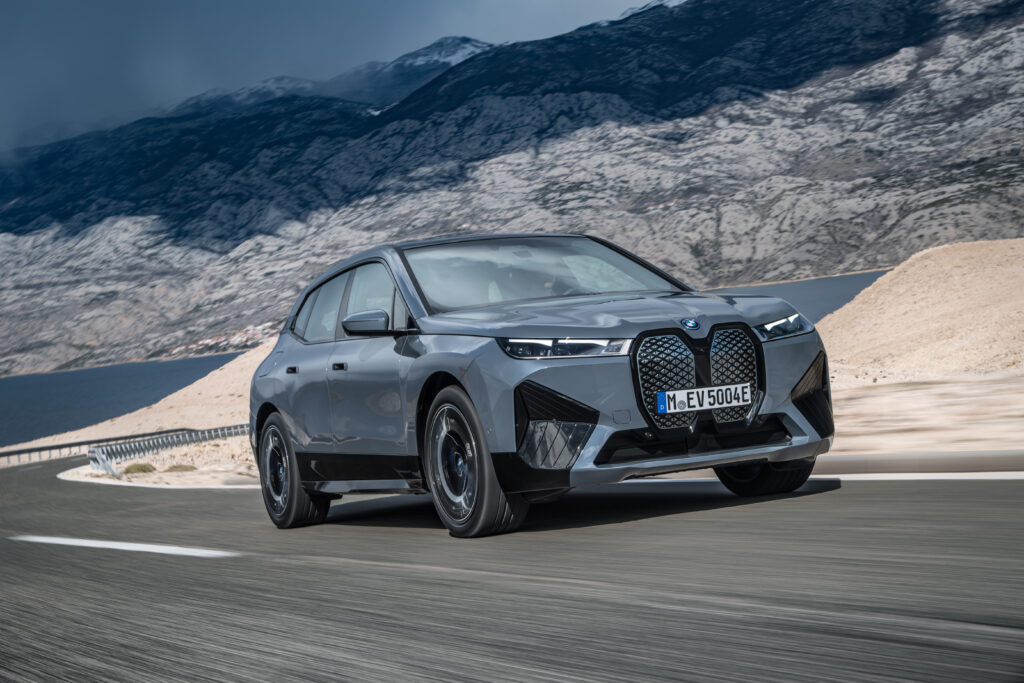Pre-ordering cars has been a boon for customers and dealers in the post-pandemic era. Dealers don’t have to worry about holding on to cars that may not sell; manufacturers save money and materials by building only the vehicles customers want; and customers get a ride customized to their personal preferences.
Recurrent Auto and AAA surveyed hundreds of people to find out what cars they’re pre-ordering and which pre-orders they intend to buy. We were particularly interested in learning what first-time EV buyers are looking for in their dream cars.
A few trends stood out. New EV drivers want cars with decent range, with the most popular models easily getting at least 200 miles per charge. Certain comfort and convenience features were shared by the most popular models, including one-pedal driving, regenerative braking and efficient charging speeds.
The other common trend: price. Making the switch to all-electric vehicles is a big enough leap without breaking the bank. Mid-priced cars were the most ordered EV by first-time buyers, with manufacturer suggested prices for base models ranging from $26,500 to $47,240.
There are many great makes and models on the market these days, but new EV drivers gravitated toward a few choice picks.
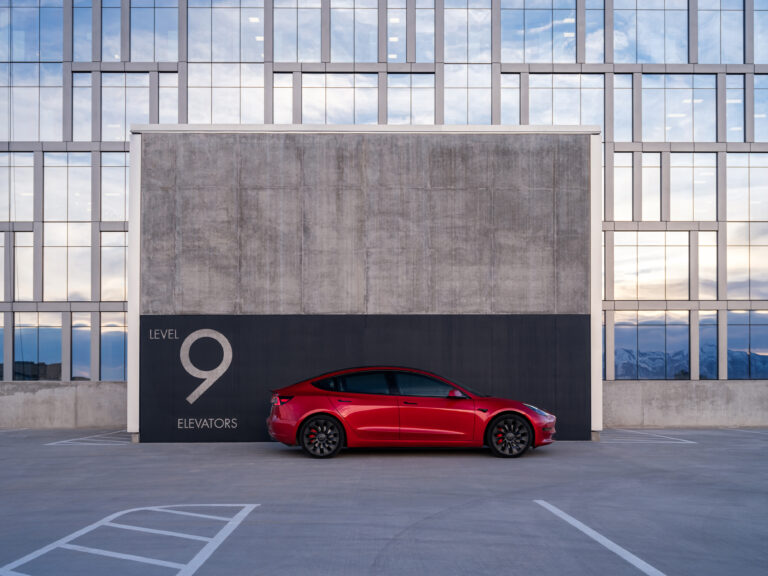
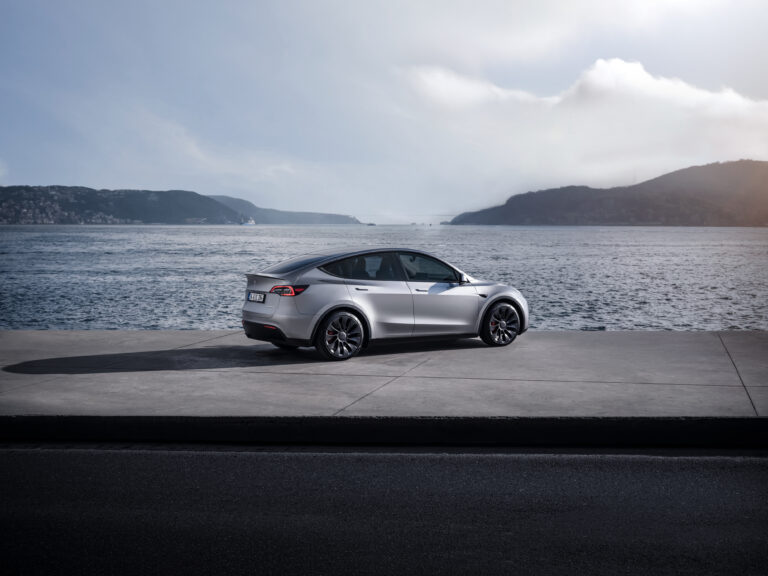
MODEL | STARTING PRICE | TAX BREAKS | STARTING RANGE | Charging Speeds | Tesla Model 3 | $40,240 | $3,750-$7,500 | 272 miles | Level 1 – 3 mph Level 2 – 44 mph Level 3 – 400 miles per 30 minutes |
|---|---|---|---|---|
Tesla Model Y | $47,240 | $7,500 | 279 miles | Level 1 – 3 miles per hour Level 2 – 44 miles per hour Level 3 – 400 miles per 30 minutes |
Teslas have become iconic and remain the most popular EVs today.
Ask a Tesla driver what they love about their car and one of the first things they’ll say is that it’s fun to drive. With near instantaneous acceleration and smooth, responsive handling, even a basic Tesla drives like a sports car.
Robust autopilot features can help control the car, maintain speed, manage turns and keep a safe distance from the car ahead. Teslas are also comfortable, with spacious interiors and plenty of storage space.
Most of the car’s features are controlled by the central touchscreen, giving the car a sleek, minimalistic feel. Everything is high-tech, and, thanks to over-the-air updates, there is a constant stream of new features.
Teslas are some of the safest cars on the market, and drivers get access to the Tesla supercharger network with the most charging stations in the country. Drivers can sit back and enjoy movies and games on the Tesla’s infotainment screen while charging, not that they’ll need to wait long.
All that fancy tech comes with a cost. Some drivers find it distracting. Virtually all the amenities are controlled by the touchscreen, even opening the glovebox or changing the wiper speed.
Autopilot is not fully self-driving, and some Tesla owners have been waiting years for the expensive extra feature that they’ve already paid for. Full self-drive, as its inaptly named, is the center of many lawsuits.
While the car may be agile, its suspension is lacking and can give drivers a rough and bumpy ride. And though all electric cars make little noise, Teslas don’t insulate sound well, so highway driving can get pretty loud. Some drivers have complaints about rear visibility, and the finishes are lower quality and less durable than drivers expected for the price. The actual range tends to be significantly less than the advertised range.
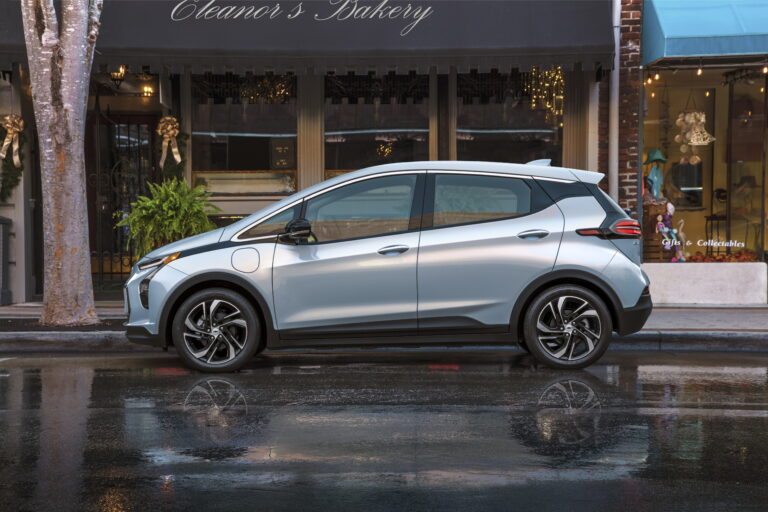

MODEL | STARTING PRICE | TAX BREAKS | STARTING RANGE | Charging Speeds | Chevrolet Bolt EV | $26,500 | up to $7,500 | 259 miles | Level 1 – 4 mph Level 2 – 26 to 39 mph Level 3 – 95 to 100 miles per 30 minutes |
|---|---|---|---|---|
Chevrolet Bolt EUV | $27,800 | $7,500 | 247 miles | Level 1 – 3 miles per hour Level 2 – 44 miles per hour* Level 3 – 400 miles per 30 minutes *Chevy will cover installation of Level 2 charger with purchase or lease of new vehicle. |
The Chevy Bolt EV is the most affordable electric car on the U.S. market, making it more accessible to the widest pool of drivers. And there’s a lot of value for that price. Bolts aren’t the fastest of all EVs, but they still boast a perky acceleration and are a pleasure to drive. The cars are comfortable and quiet, and some drivers appreciate the physical knobs complementing the infotainment touchscreen. All drivers will appreciate the over-the-air updates that allow the Bolt to keep up with the latest technology.
Sadly, though the infotainment system has many features drivers love, some have complained about the Chevrolet app and its available features, not to mention a lack of tech support. The Bolt gives a rough ride on a bumpy road. The seats are only moderately comfortable, and there’s not much difference between the EV and the EUV in terms of storage space and backseat legroom.
Some drivers report the on-board range estimate is inaccurate, which is especially disappointing on road trips because the Bolt has one of the slowest charge times of EVs on the market

STARTING PRICE | TAX BREAKS | STARTING RANGE | Charging Speeds | $38,995 | Volkswagen has not said whether it qualifies for a federal tax break, but other sources indicate the ID.4 may qualify for up to $7,500 in tax breaks in tax breaks. | 275 miles | Level 1 – 2 to 5 mph Level 2 – 24 to 36 mph Level 3 – 267 miles per 30 minutes Unlimited 30-minute charging sessions for three years at Electrify America. |
|---|
The ID.4 offers a smooth and quiet ride with a tight turn radius. The car has a roomy, comfortable interior, foregoing the high-tech, minimalistic style for a more classic look that will be familiar to gas car drivers. While not the flashiest or sportiest EV on the market, the ID.4 has a competitive range and a focus on practicality and safety.
The ID.4 just doesn’t have the same zing many popular EVs have. The acceleration is fine, but nothing to brag about. What’s more, it lacks one-pedal driving, a feature many EV drivers love.
The car has an infotainment screen, but the controls aren’t intuitive and left many drivers feeling frustrated. It’s a solid vehicle, but it’s hardly awe-inspiring.
Some drivers report the on-board range estimate is inaccurate, which is especially disappointing on road trips because the Bolt has one of the slowest charge times of EVs on the market
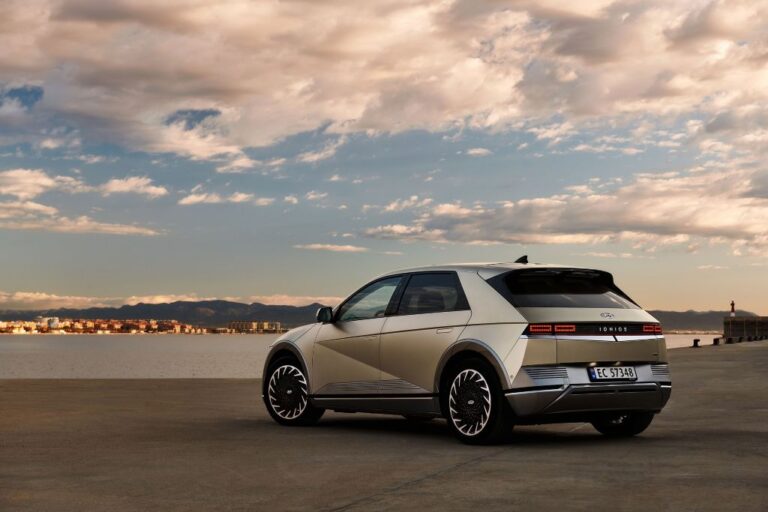
STARTING PRICE | TAX BREAKS | STARTING RANGE | Charging Speeds | $41,450 | Unfortunately, the Ioniq does not qualify for federal tax breaks because it is not assembled in North America. | 303 miles | Level 1 – 3 to 5 mph Level 2 – 25 to 33 mph Level 3 – 408 miles per 30 minutes Unlimited 30-minute charging sessions for two years at Electrify America. |
|---|
The Ioniq 5 has style. Drivers love its bold, futuristic design. The look of the cabin is more classic than futuristic, but it boasts plenty of room for drivers and passengers. The interior is open and spacious, built for comfort, even incorporating foot rests to use while the vehicle is charging. Not that you’ll have much time to sit back and relax. The Ioniq 5 has one of the fastest DC charging speeds on the market, capable of getting you back on the road in a matter of minutes.
Be careful backing up in the parking lot. The Ioniq 5 has thick rear roof pillars that create large blind spots and the lack of rear wipers makes driving in the rain particularly challenging.
The car has a pretty wide turning circle, too. Some drivers had complaints about the Blue Link mobile app and the lack of wireless connectivity options. One of the biggest gripes is that rapid charging speed disappears in cold weather. The car can’t be preconditioned, seriously curtailing battery efficiency.

STARTING PRICE | TAX BREAKS | starting range | Charging Speeds | $25,900 | The Aptera has only three wheels, which means it doesn’t qualify for the federal tax credit. The manufacturer has a team trying to convince legislators that the Aptera should qualify for the tax credit. | 250 miles | Solar Charging – up to 40 miles per day Level 1 – 13 mph Level 2 – 30 mph Level 3 – 300 miles per 30 minutes |
|---|
The solar powered Aptera totally breaks the mold. The three-wheeled, aerodynamic vehicle with butterfly doors looks more like a spaceship than a car. It’s a two-seater, but the unusual shape means it has more cargo space than many popular sedans. The ultralight chassis helps make it four times as efficient as a typical electric car and in-wheel motors free up onboard space. It has plenty of legroom and an infotainment system to compete with the best of electric vehicles. The longest-range option boasts a whopping 1,000 miles per charge.
Perhaps the most exciting feature is that it can get up to 40 miles of charge from solar power while driving or parked outside, meaning most drivers will never have to plug in. Just in case your daily driving exceeds that, it can use standard EV chargers if needed. The Aptera is getting a lot of attention, with 50% of new to EV homes reserving one of the futuristic vehicles.
So far, very few people have actually driven an Aptera and delivery dates have been pushed back to 2024. Even with sufficient cargo space, the two-seat Aptera is still a poor option for families. The most affordable option has only a 250–mile range, about as much or less than you could get from any electric car. It’s certainly an innovative ride, but we’ll have to wait to find out if it’s worth the hype.
New EV drivers are looking for reliability, comfort, swift charging and range at an affordable price. Manufacturers are rising to meet the challenge, updating their existing models and expanding into new features and technologies.
Reservations and pre-orders help car buyers get exactly the car they want, even if they have to wait before it arrives in their driveway. For those who don’t want to wait, there are plenty of used EVs with many of those desirable features available at a bargain price. You can even get federal tax credits for them.
Check out AAA’s Used EV Buyer’s Guide.
Visit Recurrent to learn more about electric vehicle battery health.
This article is originally researched and written by the team at Recurrent.
AAA’s Recommendation: Whether you own an electric vehicle or a gas-powered car is up to you – and you should consider lots of factors in making that choice. No matter what type of vehicle you’re choosing, we recommend visiting a dealership, test driving one, and asking as many questions as possible to make an informed decision.








